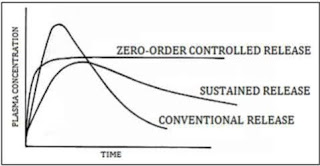"Bromine addition to butene is highly stereoselective anti addition."-explain it.
The statement "Bromine addition to butene is
highly stereoselective anti-addition" refers to the reaction between
butene (a type of unsaturated hydrocarbon with the molecular formula C4H8) and
bromine (Br2), in which the bromine atoms add to the double bond in the butene
molecule in a specific stereochemistry, known as "anti addition". When
bromine reacts with butene, it forms an intermediate species called a bromonium
ion, which is a type of three-membered ring structure consisting of two carbon
atoms and a bromine atom. The stereochemistry of the bromonium ion is such that
the bromine atom is situated above one face of the double bond and the two
carbon atoms are above the other face.
When the bromine atom adds to the double bond, it
does so in an "anti" manner, meaning that it adds to the carbon atoms
in opposite or "anti" orientation, as opposed to a "syn"
orientation where the two bromine atoms would add to the same side of the
double bond. The result is a highly stereoselective anti-addition reaction,
meaning that the reaction occurs preferentially in the anti-stereochemistry.
The structure of the product of the reaction between
butene and bromine would look like the following:
C=C
|
C-Br-C
Here, the two bromine atoms are bonded to the carbon
atoms in opposite orientations, resulting in an anti-addition reaction.



Comments
Post a Comment
Thanks